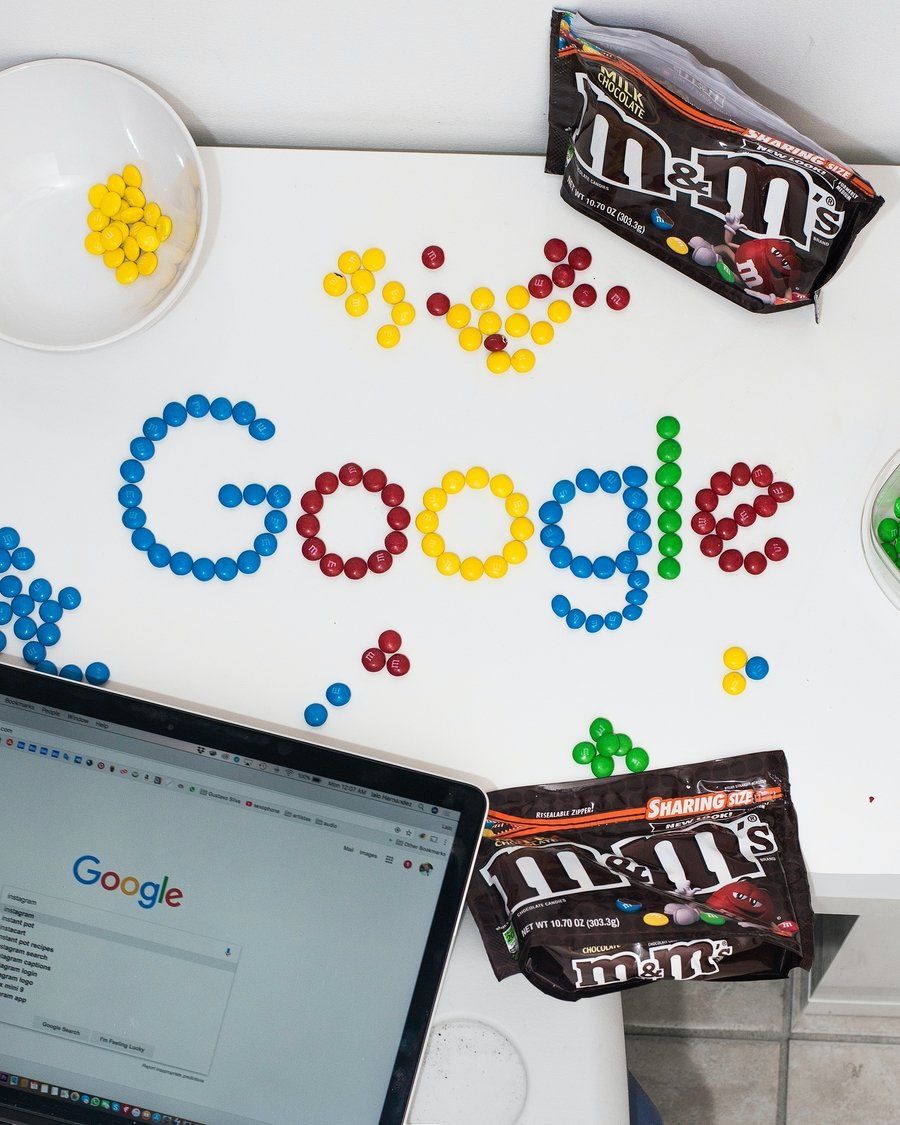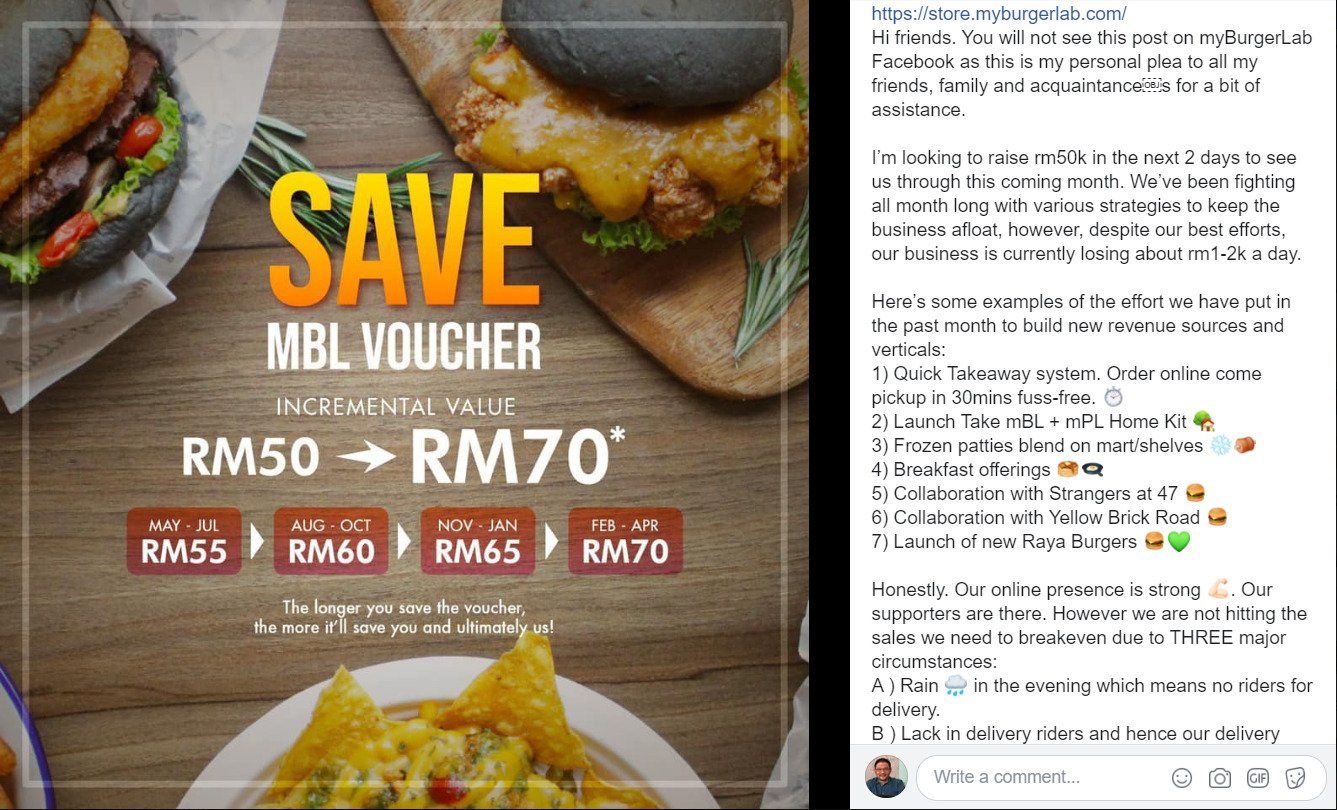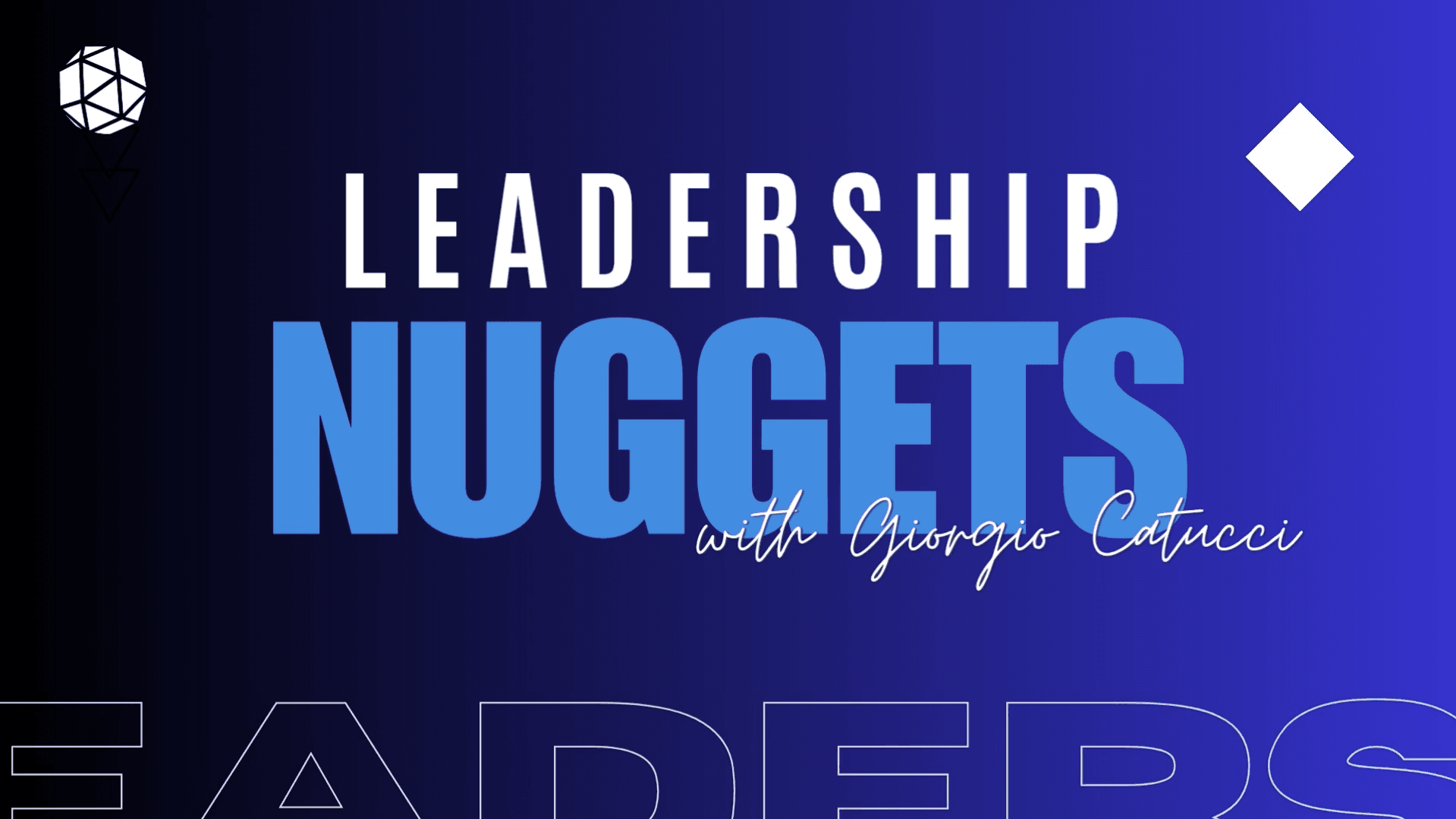To Thrive, Integrate Branding, Leadership and Communication

Photo by lalo Hernandez on Unsplash
One of the most conventional communication ideas that is quickly becoming outdated is that “branding = marketing communications”.
Brand loyalty and affinity is something that can be really fleeting our hyper-messaged world today, when we receive thousands of messages an hour from texts, social media feeds, emails, and more. A brand message seen at any one moment can be very easily forgotten in the next (Twitter’s post lifespan is about 15 minutes, TikTok posts start decaying if they don’t get noticed immediately!
However, brand relationships do last and it’s a result of intentionally building up a store of goodwill in the market. You do that by being consistent with the experience you deliver to your customers by everything you say and do across all touch points. You implant your branding message in your logo design, content, and other marketing areas.
A PwC survey found that 79% of customers rate customer experience as the most important component of the purchasing decision - after product quality and price. So branding today is much less a result of “what I tell you about me” and more of what consumers tell each other about you.
“Your brand is what other people say about you when you’re not in the room” - Jeff Bezos
Basically, your brand is your reputation built up over time as a critical mass of your target audience experience your purpose, promise, and values consistently over time. And that’s what PwC recommended companies to do in order to create amazing customer experiences – establish their brand and culture on purpose, promise, and values.
Communications alone isn’t going to cut it.
How Branding Saved A Business
Last year, I wrote a piece about How Return on Relationship (ROR) Saved A Company During Covid-19. I described the fascinating phenomenon of how customers of a small local burger chain called myBurgerLab rallied to save the company.
On 29 April 2020, Renyi Chin, the co-founder of myBurgerLab, posted an appeal on his personal Facebook account. He asked his network to buy a discount voucher so that they could have some much-needed cashflow. This would help the tiny Malaysian chain tide over the month of May as business had been badly affected by the lockdown. The idea was elegantly simple and honest: “buying a voucher will save you and us.” Renyi’s post was widely shared and also reposted in influential FB groups.

Elegant, simple and honest social media post
The result was astounding: all 1,000 vouchers were sold out and they met their RM50,000 target in only 12 hours.
How did myBurgerLab do it, based on just one personal Facebook posting?
It was the power of their brand. Specifically, they were enjoying the Return on Relationship they had with their fans and customers.
As Ted Rubin (the guy who coined the term) explains it, in this social media age, marketing metrics need to expand beyond ROI to include ROR. Simply put, ROR is “the value accrued by a person or brand due to nurturing a relationship. ROR is the value (both perceived and real) that will accrue over time through connection, loyalty, recommendations and sharing.”
But you can’t fake a relationship (not for the long term anyway). Just like any strong relationship, brand affinity needs to be based on authenticity in order to generate ROR. It’s how people in the company genuinely think and behave when it comes to anything that has to do with the company and brand. In short, it’s culture that determines whether a company is consistently behaving “on brand” or not.
Brand Culture Starts With Leadership
While culture is what maintains the consistency of customer experience, leadership is what drives culture. There’s no two ways about.
Brand culture goes beyond a company’s image, generous employee benefits, great office interior design, or letting people dress casually. Brand culture goes way beyond the posters on the wall, to the set of genuine values and “ways of being” being expressed from the inside out. The brand culture has to be backed up by solid values that are manifested across every aspect of a company’s operations.
You may like these:
Leaders set the tone in a company and brand. The energy, intentions, behaviour, attitudes, and in fact everything the leader says and does forms the culture. You cannot build a brand culture that is incongruent with the company culture, because the cognitive dissonance will weaken whatever brand communication efforts you put out.
Again, Renyi is a great example of the kind of leadership that builds a genuinely engaging and compelling brand culture.
“Culture eats strategy for lunch” - Peter Drucker
When he had hit the financial target, he quickly put up another post to thank supporters. Then, in a great display of great integrity and leadership, Renyi closed sales of the vouchers and asked people to channel their money to other local food operators.
Of course, this not only strengthened support for the brand it won them new fans as well.
You can’t fake this kind of leadership. It comes from genuine values. It is manifested in all areas of company operations, even those that are not customer-facing like hiring decisions, to vendor relations, to material selection, to payment terms.
A compelling brand culture supports the intended organizational behaviour. It sets the direction and affects staff morale, which eventually affects company operations and how the brand culture is expressed and communicated in the market.
MyBurgerLab is a great example of how this has real world results. Fans and customers rallied together to support the voucher campaign not just to get a good deal. Their main motivation was to save the company.
How many brands can say that of their fans?
Leaders who want to have sustainable success can’t afford to silo their business functions into “branding”, “leadership”, and “communication” anymore. In a noisy and VUCA world today, people are looking for clarity, trustworthiness and authenticity. This can only be achieved when companies take an integrated approach, and win over both their internal and external stakeholders.
If you enjoyed reading the above article and want to learn more about branding, check out this amazing learning app called Necole. Watch this video on Necole.
To find out more about Necole, click here or email info@leaderonomics.com
Leadership





